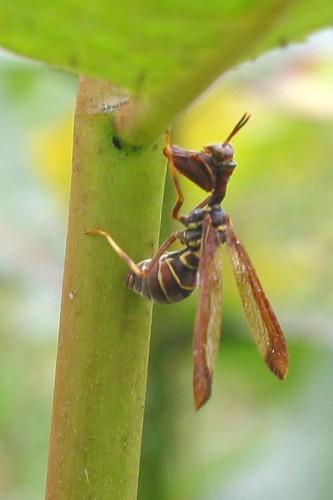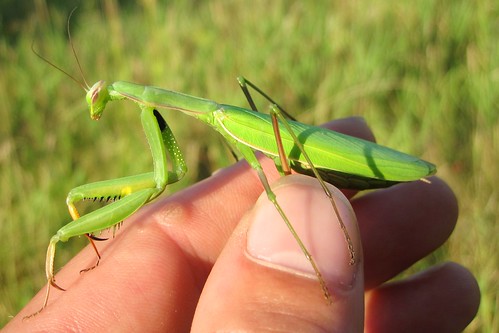 |
| Washington County's first Wild Indigo Duskywing! |
On August 6, while making a phone call on the front porch of
the NBNC offices, Chip noticed a small, dark insect fluttering around the
driveway. He immediately recognized it as one of the duskywing butterflies, and
after running to grab coworkers and camera, it was confirmed to be a Wild Indigo
Duskywing… not just a new butterfly for the Nature Center, but a new species
for Washington County!
Since an extensive butterfly survey was completed in Vermont
in 2007, this is the fourth new species to be added to the Washington County
checklist. Wild Indigo Duskywing may be new to central Vermont, but it was not
unexpected. The native host plants of this species, Wild Indigo (Baptisia tinctoria) and Lupine (Lupinus perennis), formerly restricted the range
of this species to southern New England. But in recent years, the Wild Indigo
Duskywing has colonized the introduced species Crown Vetch (Securigera varia). Using this new host
plant, the species has been expanding its range northward.
 |
| West Virginia White photo by Tom Murray (bugguide.net) |
While the Wild Indigo Duskywing seems to have benefited from
an introduced plant species, many other butterfly species have suffered. One
example is the West Virginia White. This species, active in early spring, uses
toothwort as its sole host plant. But in places where the invasive Garlic-mustard
(Alliaria petiolata) has been
introduced, West Virginia Whites don’t recognize the foreign plant, and lay
their eggs on Garlic-mustard rather than toothwort. The caterpillars, unable to
feed on garlic-mustard, eventually starve.
Since the initial sighting nearly two weeks ago, Wild Indigo
Duskywing has been seen on the property several more times. It seems that this
species may be a new permanent resident of North Branch Nature Center. Keep an
eye out for this nondescript butterfly in fields and meadows throughout central
Vermont and submit your observations to help document the continuing expansion of
its range.


